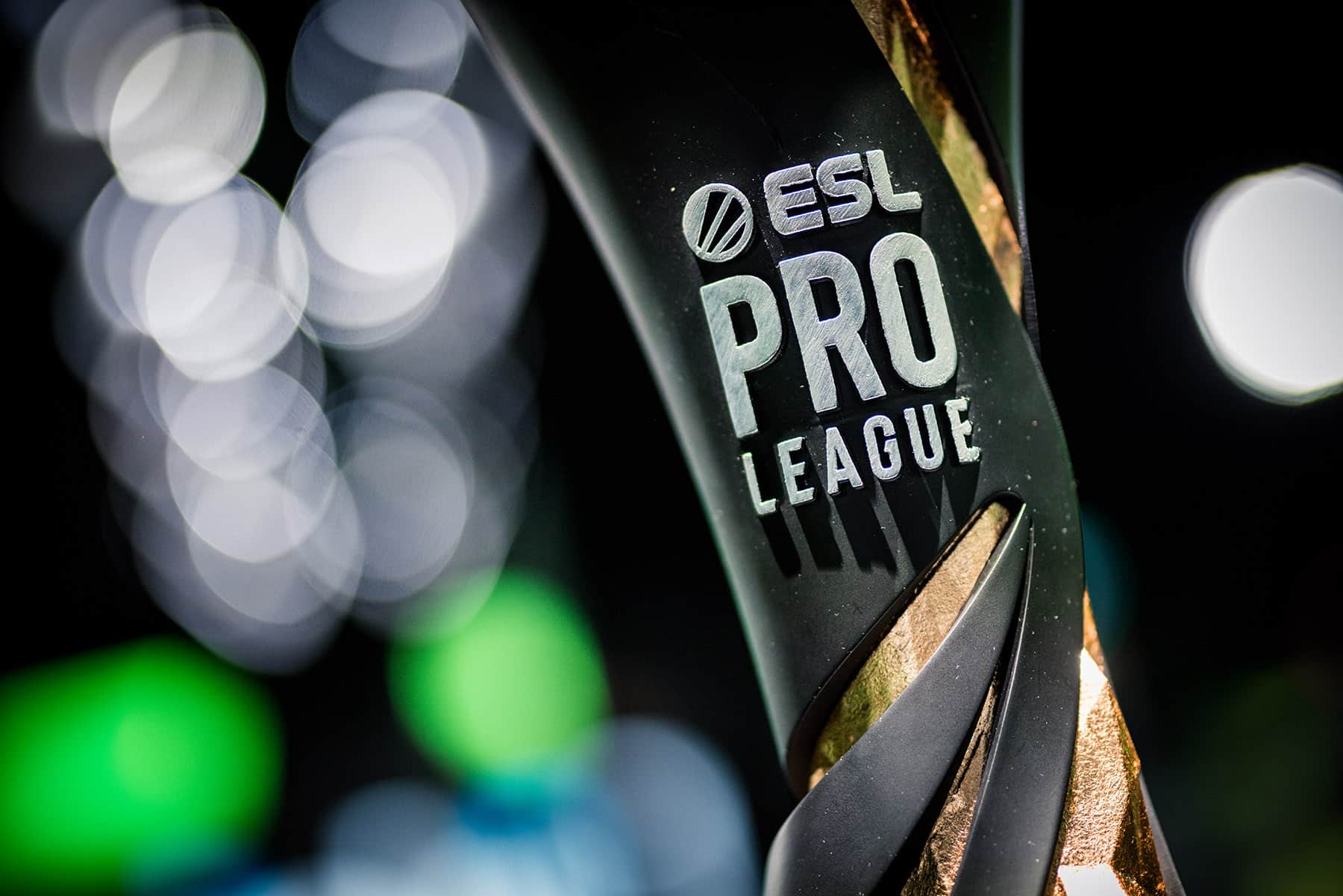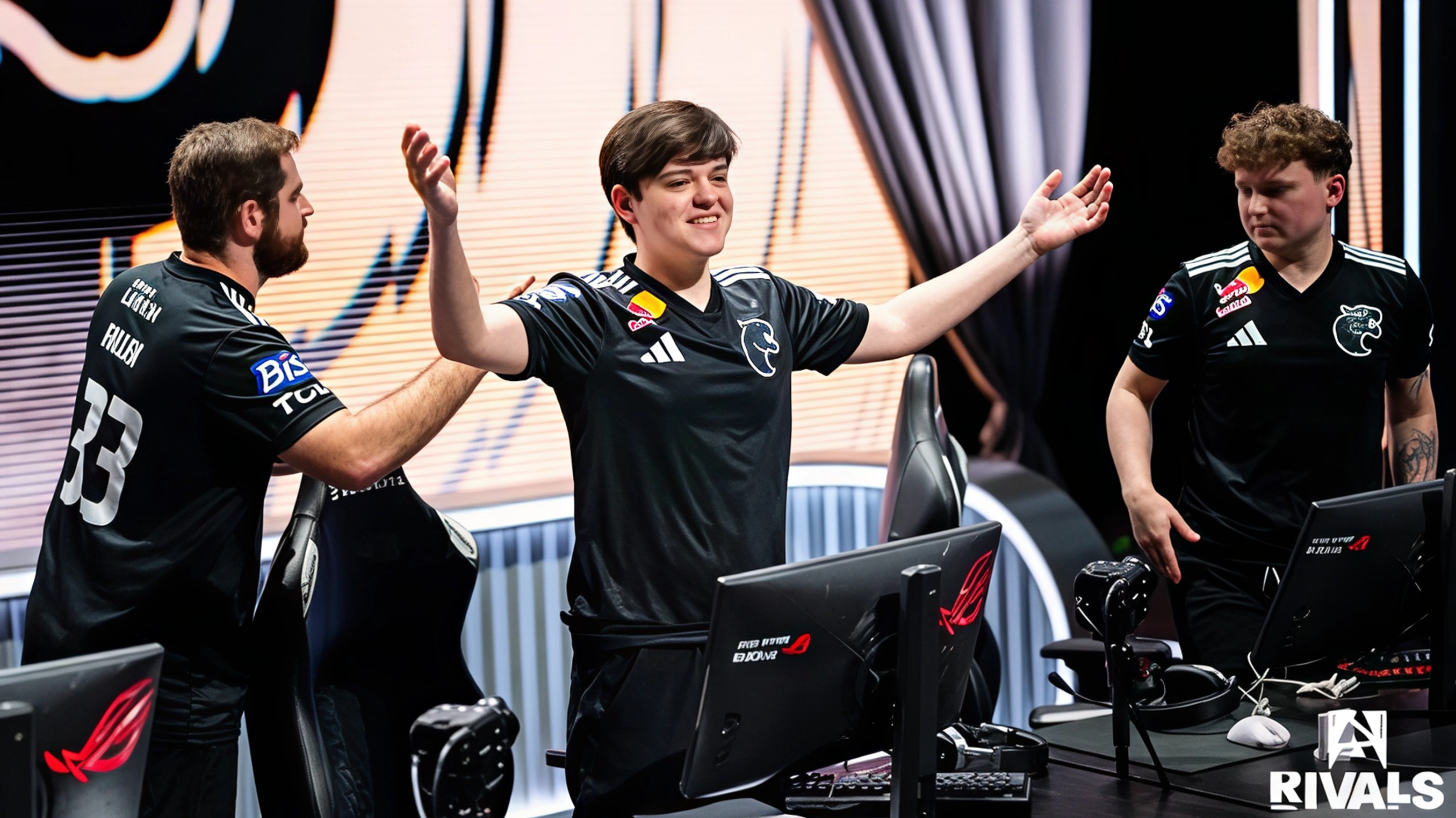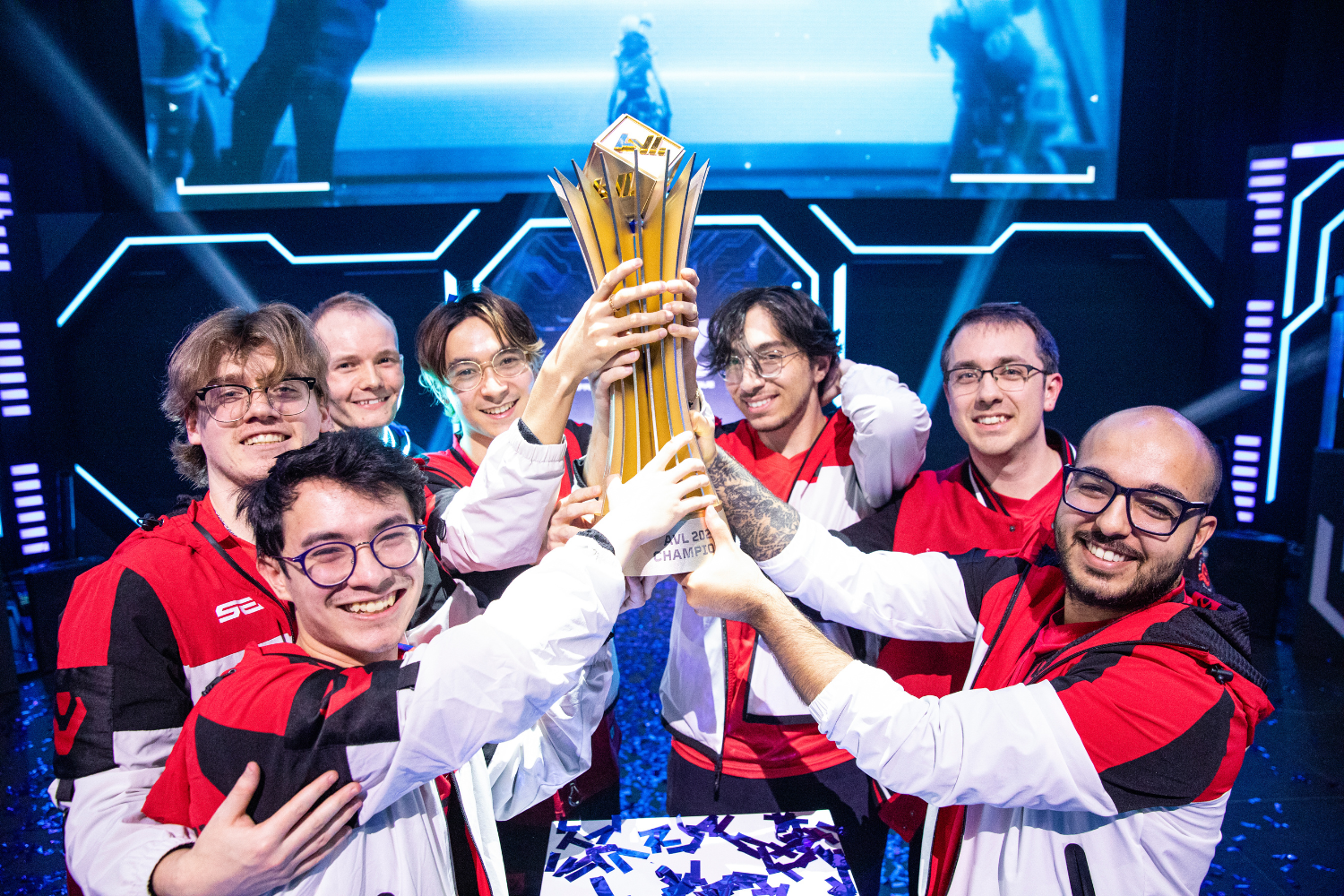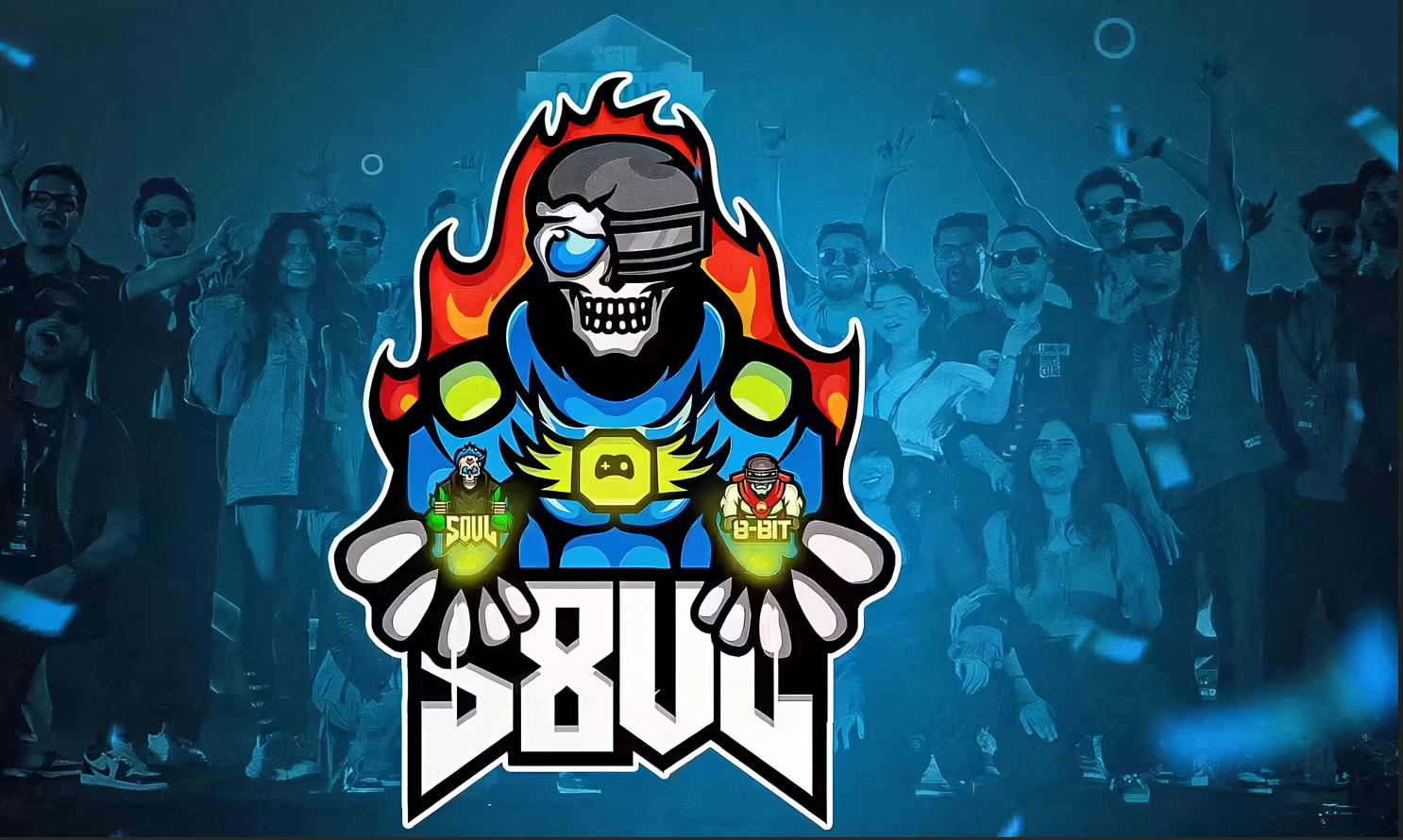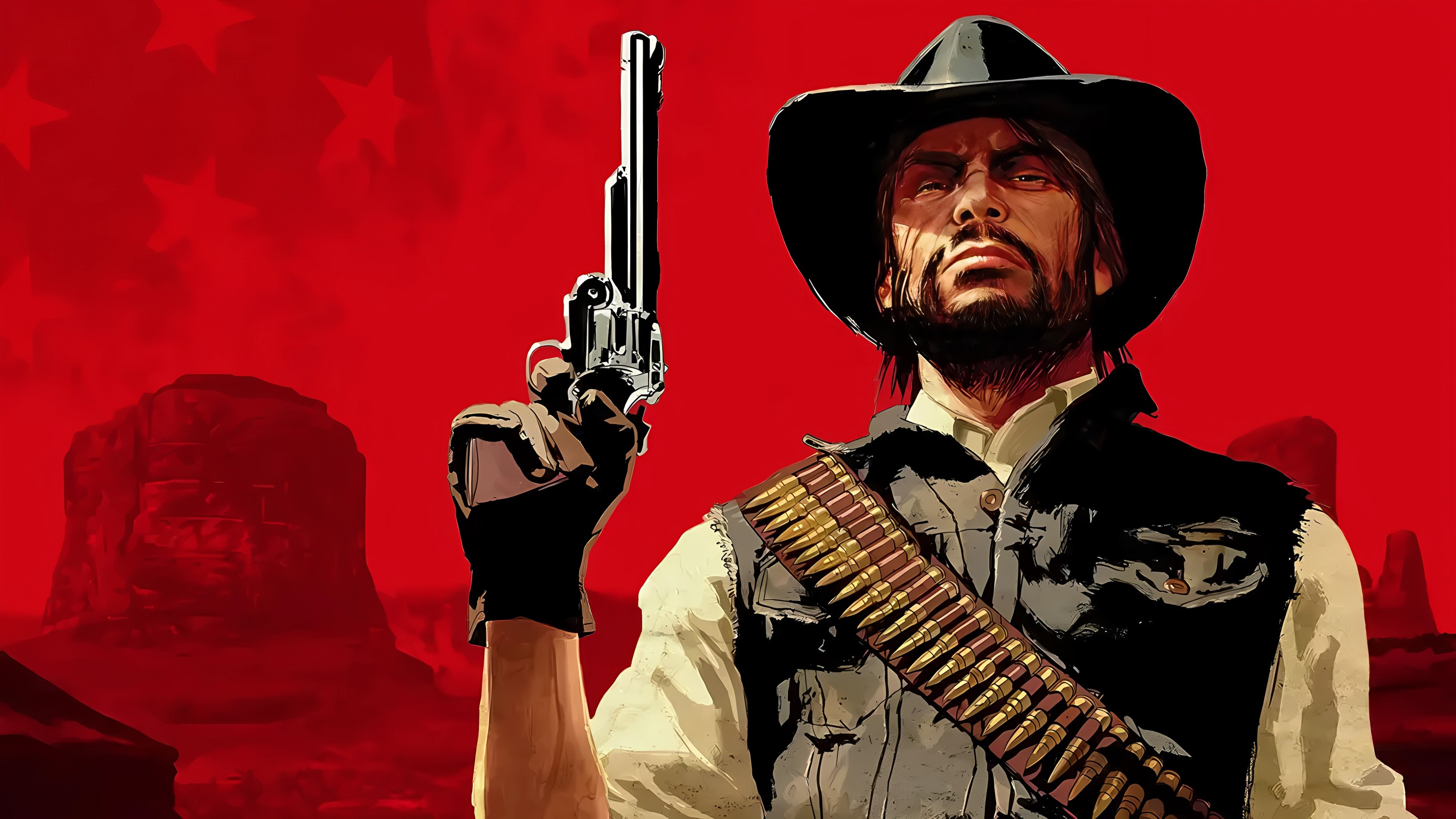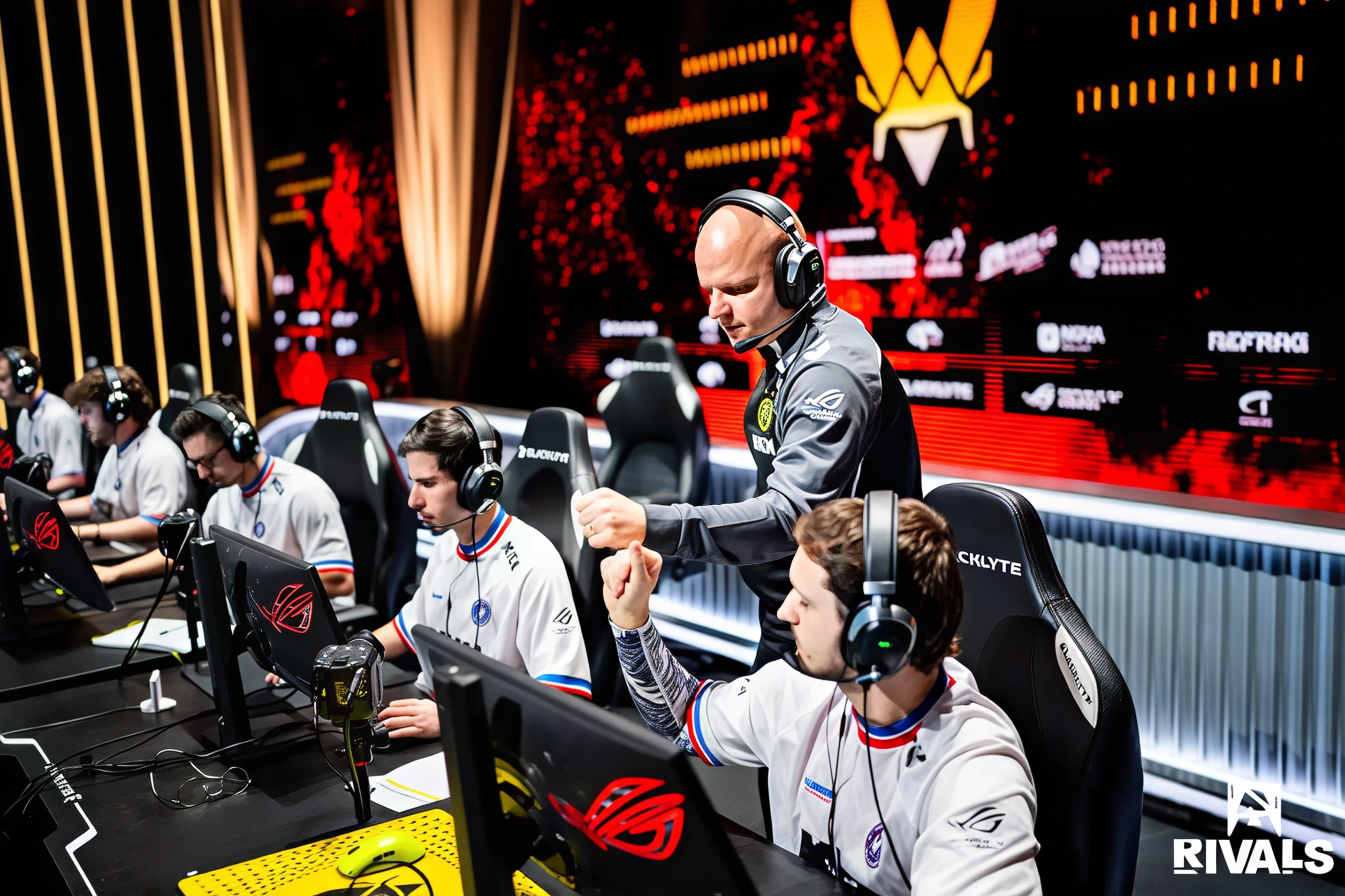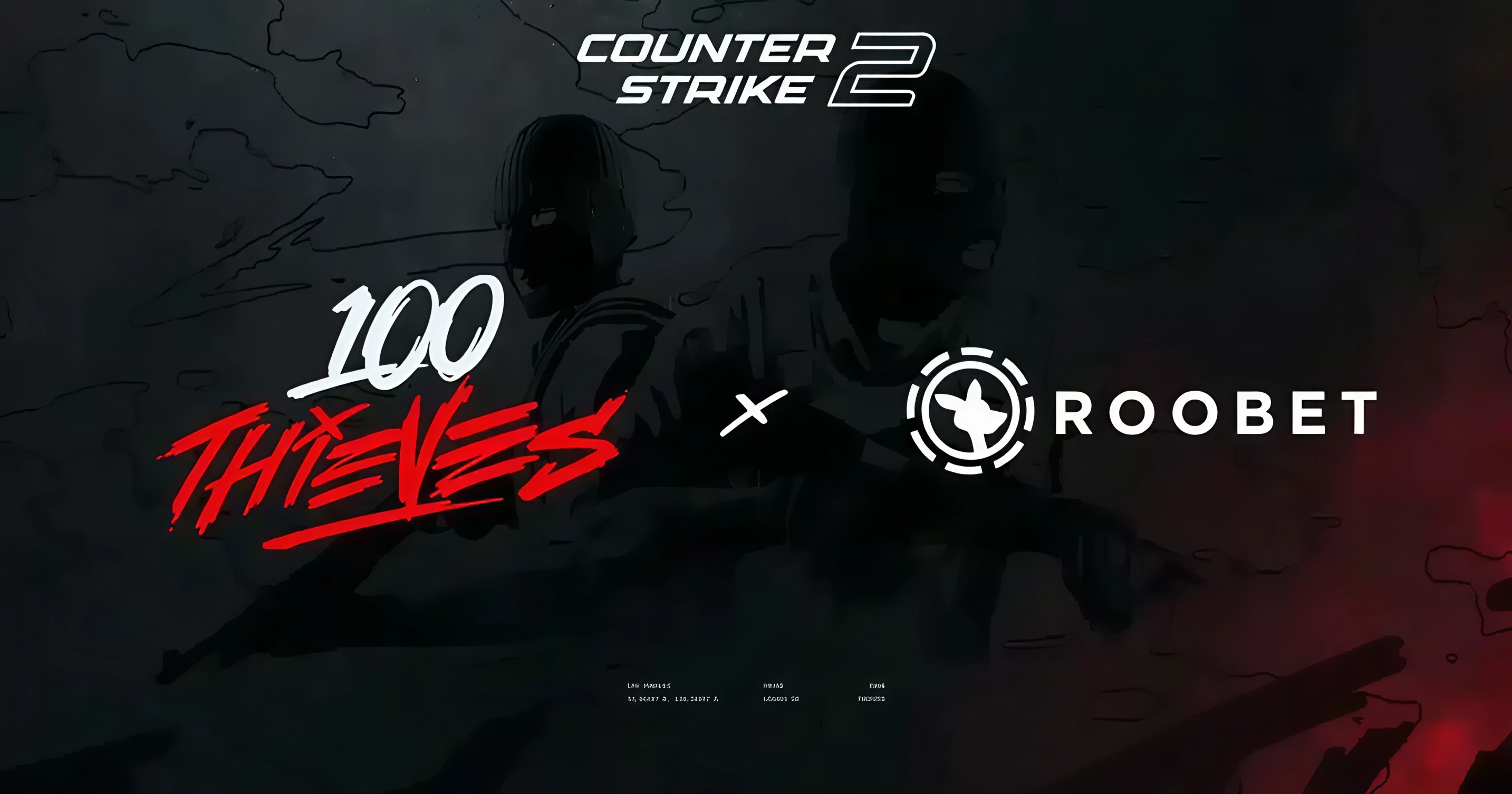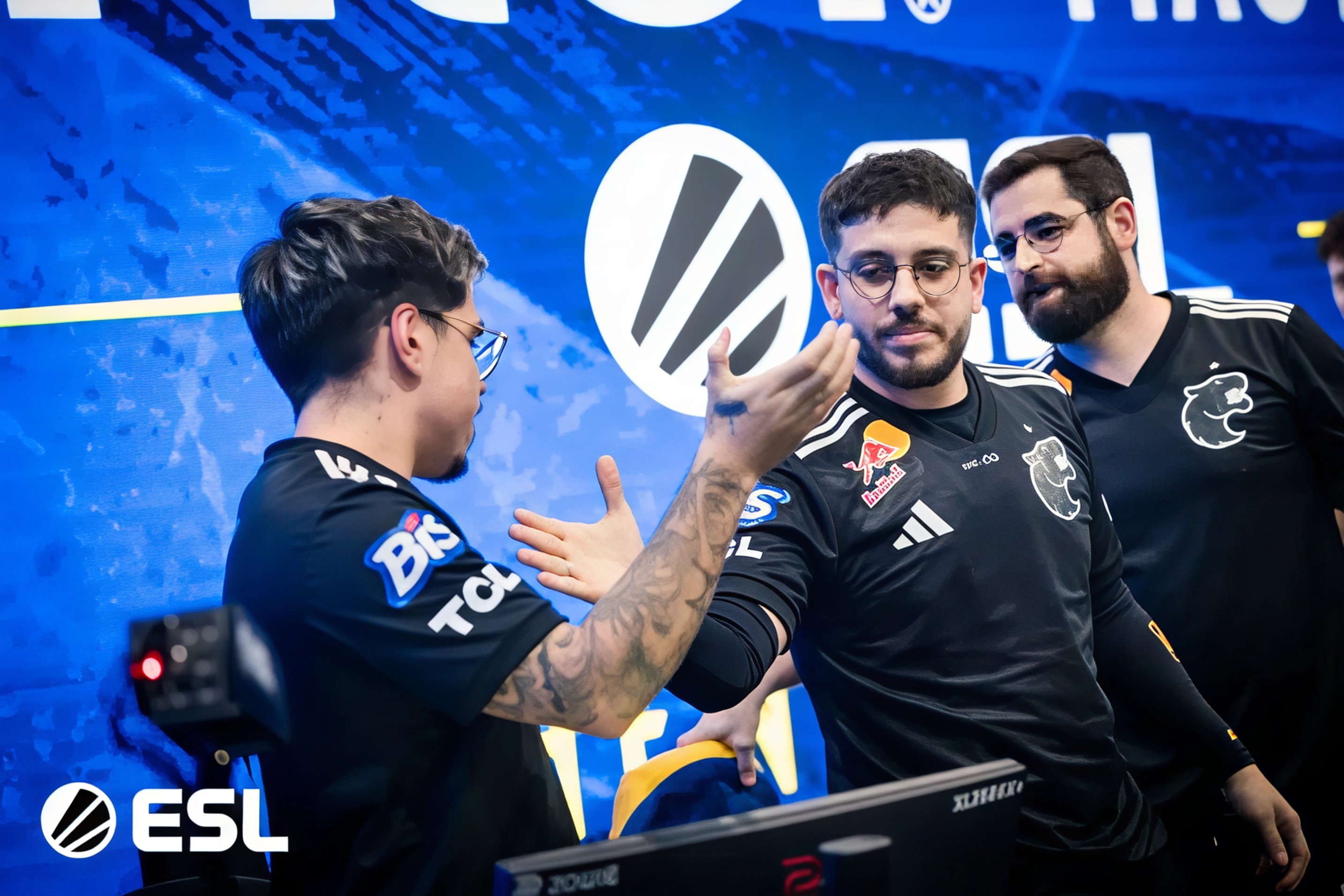The structure of competitive Counter Strike 2 is evolving once again, and this time it comes in the form of a major overhaul to the qualification process for the ESL Pro League and ESL Challenger League. ESEA, the backbone of North American and European semi professional CS2 circuits, has officially adjusted its formats to better align with Valve’s regulations and long term roadmap for tournament structure. These changes are now in effect after a two season grace period.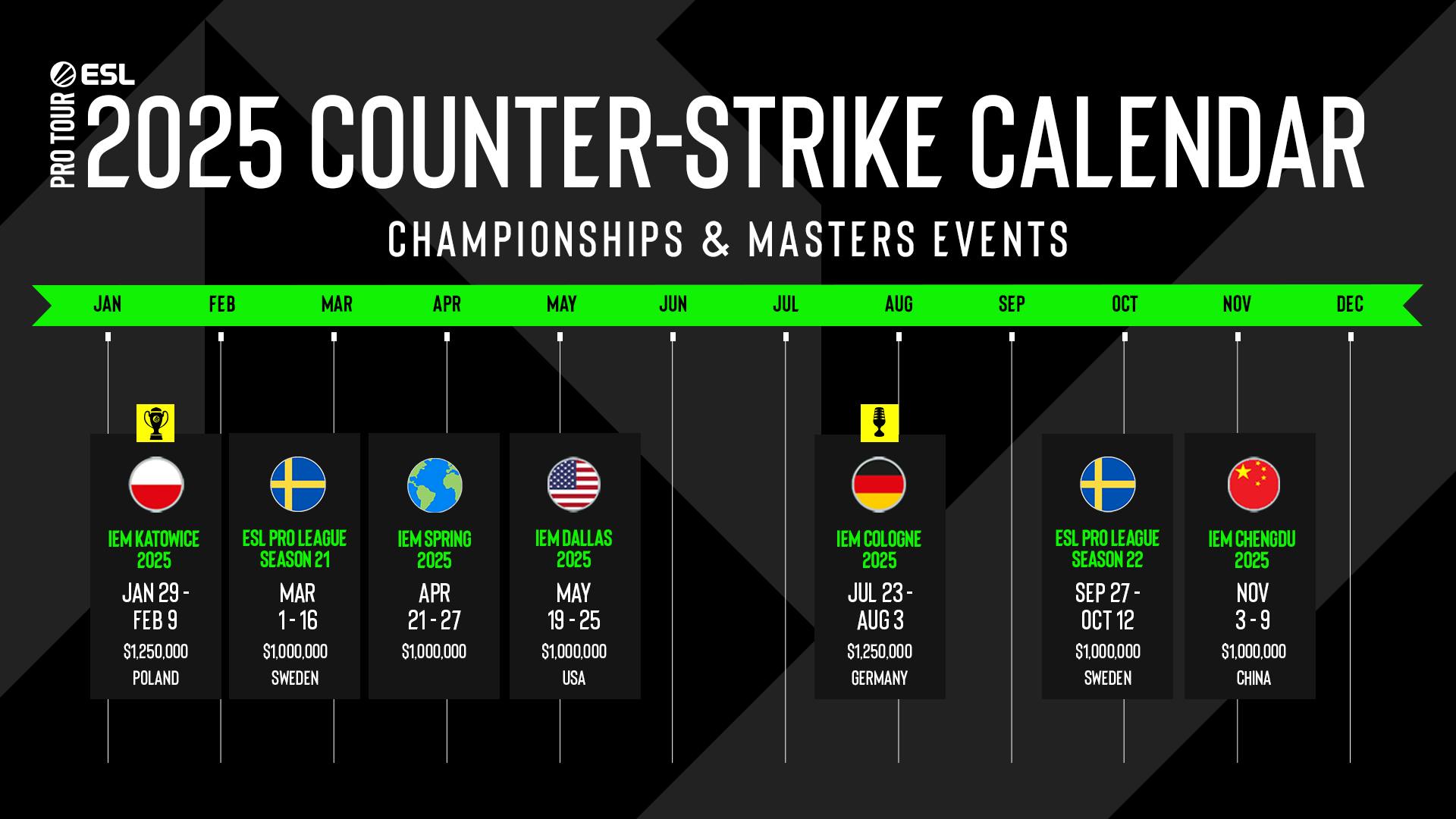
One of the biggest shifts is the departure from ESEA Advanced as a direct qualification route to the Challenger League. Moving forward, teams will need to prove themselves through new Elite events introduced by ESEA. Each season will feature two of these Elite tournaments, beginning with an open qualifier and progressing to a sixteen team group stage. From this stage, the top two teams will secure a slot in the ESL Challenger League.
Unlike the old system, these Elite events are now part of Valve’s official Regional Standings ecosystem. That means teams can earn VRS points which directly influence their chances of reaching Majors and other Valve supported events. This is a significant win for semi pro rosters aiming to gain visibility and ranking legitimacy within the official ecosystem.
Although ESEA Advanced will no longer offer VRS points, it remains relevant for aspiring teams. The winner of each Advanced season will now gain access to a new DreamHack Knockout qualifier. This pathway opens the door to potentially reaching the ESL Pro League, albeit through a more competitive and condensed format. It is a recalibrated reward system that emphasizes direct competition rather than points accumulation alone.
The Challenger League itself is moving away from the traditional ESEA structure and will continue to operate independently. It will maintain its role as a crucial stepping stone to the Pro League, awarding VRS points and securing direct promotion opportunities for the best performing teams. This separation is designed to streamline the performance pipeline and create clearer benchmarks for progression.
According to ESEA, the goal behind these changes is to create a more transparent, merit driven path to the top. The organization stressed the importance of maintaining open communication with the community and reinforcing how these developments are meant to enhance competitive integrity and long term career opportunities for CS2 players.
Additionally, ESL FACEIT Group has introduced third place decider matches in its ESL Pro Tour events, starting with the upcoming Season 22 of the ESL Pro League. These extra matches will not only offer more clarity on team rankings but also provide another competitive opportunity for squads to make a statement on the international stage.
With these shifts, Valve’s influence on CS2's competitive environment continues to grow, shaping formats to ensure sustainability, visibility, and fairness across all tiers. For up and coming teams, this is both a challenge and a new chance to prove themselves in a restructured but promising pathway to esports recognition.
To stay updated with the latest esports news, player highlights, and in depth tournament breakdowns, follow Gaming Moves on Instagram and Facebook.

